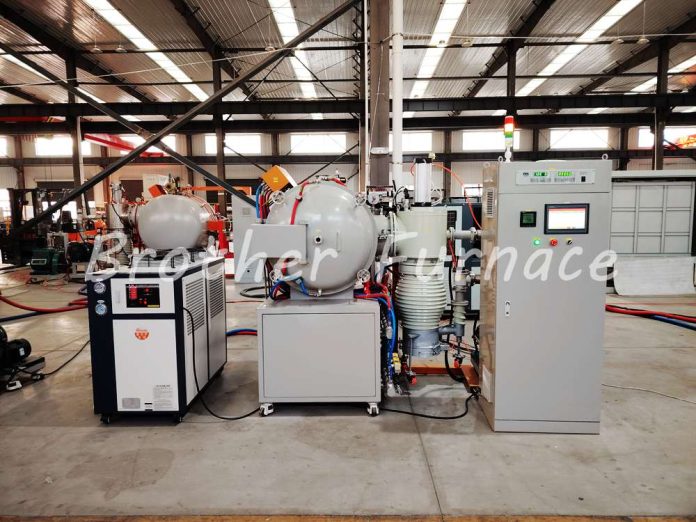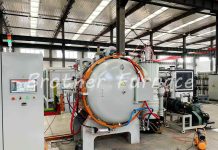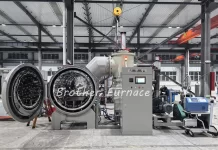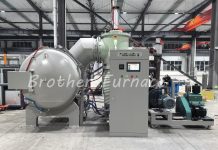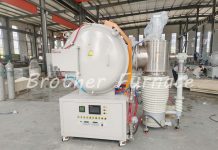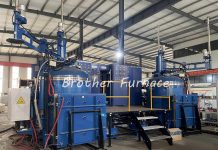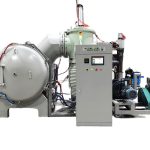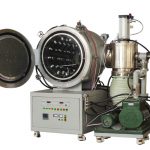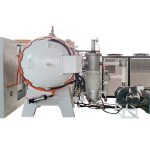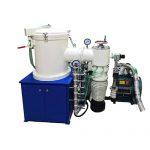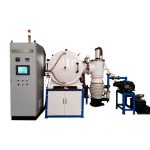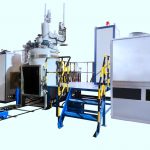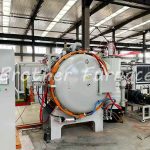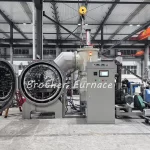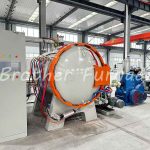Vacuum furnace systems are sophisticated thermal processing units designed to operate in oxygen-free environments, enabling precise control over material properties at high temperatures. These systems are integral to industries ranging from aerospace to semiconductor manufacturing. Below is a comprehensive overview of the key components that constitute a complete vacuum furnace system.
Heating Elements and Maximum Temperature
The heating elements define the furnace’s operational temperature range. Common types include:
- Heating Tubes: Suitable for up to 1000°C.
- Heating Wires: Capable of reaching 1200°C.
- Molybdenum Strap Heaters: Operate up to 1350°C, ideal for high-temperature sintering.
- SiC (Silicon Carbide) Heating Elements: Withstand 1400°C, used in oxidation-resistant applications.
- MoSi (Molybdenum Disilicide) Elements: Achieve 1700°C, commonly used in research and advanced material processing.
- Graphite Heating Elements: Excel at ultra-high temperatures up to 2200°C, ideal for induction melting and extreme heat treatments.
- Induction Coil: for fast melting and casting, up to 2000°C(Requires Crucible support)
Furnace Chamber Materials
The chamber must endure extreme temperatures and thermal cycling. Material selection depends on the operating temperature:
- Stainless Steel: Used up to 1000°C for laboratory-scale chambers.
- Ceramic Fiber Board: A versatile insulator for temperatures up to 1700°C.
- Molybdenum Sheets: Withstand 1350°C, often combined with stainless steel for structural integrity.
- Graphite and Carbon Felt: Employed at 2200°C for superior thermal resistance and minimal contamination.
Vacuum System
A multi-stage pumping system ensures the desired vacuum level:
- Low Vacuum (-0.1 MPa): Achieved using a mechanical rotary pump.
- High Vacuum (7×10⁻⁴ Pa): Requires a combination of mechanical pumps, Roots pumps, diffusion pumps, or molecular pumps.
- Critical Components: Vacuum valves, mechanical pumps, diffusion pumps, and Roots pumps are integrated to maintain consistent pressure.
Cooling Systems
Rapid cooling is essential for quenching and continuous operation:
- Gas/Oil Quenching: Delivers fast cooling rates for metallurgical processes.
- Water-Cooled Jackets: Integrated into chamber walls to dissipate heat, ensuring low surface temperatures.
Control and Monitoring Systems
Precision is achieved through advanced automation:
- Temperature Controllers: PID, PLC, or touch-screen interfaces enable programmable control for heating/cooling profiles.
- Thermocouples: Different types like K-type (up to 1200°C), S-type (up to 1400°C), B-type (up to 1700°C), and W-Re type (up to 2200°C), ensure accurate temperature measurement (±1°C).
- Safety Features: Over-temperature protection, thermocouple failure alarms, etc., to ensure safe operation.
Structural and Electrical Specifications
- Chamber Design: Vertical, horizontal, dual-chamber, and other configurations
- Other Requirements: Rapid material handling, secondary feeding, casting design, and related processes.
- Optional Upgrades: PC-based control software and touch-screen interfaces for enhanced usability.
Key Applications
Vacuum furnaces are indispensable in:
- Aerospace: Heat-treating turbine blades and titanium alloys.
- Medical Devices: Sintering surgical implants for biocompatibility.
- Semiconductors: Annealing wafers and diffusion processes.
- Additive Manufacturing: Post-processing 3D-printed metal parts.
- Research: Synthesizing materials in controlled atmospheres.
Conclusion
A vacuum furnace system integrates advanced heating elements, robust chamber materials, precision vacuum systems, and intelligent controls to meet diverse industrial demands. By carefully selecting components based on temperature requirements, material compatibility, and process goals, manufacturers can optimize performance for specialized applications. Continuous advancements in refractory materials and digital automation further enhance their role in cutting-edge material science and precision engineering.
Tailored Solutions
We design vacuum furnaces tailored to your needs—vacuum sintering, vacuum brazing, vacuum quenching, vacuum melting, etc. Optimize thermal processes with reliable, cost-effective solutions.
Contact us now for a custom quote or free design consultation.
Vacuum furnaces recommend :
- Vacuum Brazing Furnace
- Vacuum Sintering Furnace up to 1700℃
- Vacuum Induction Melting Furnace
- Graphite Vacuum Furnace up to 2200℃
- Vacuum Gas Quenching Furnace
- Vacuum Hot Press Furnace
Follow us on Facebook

